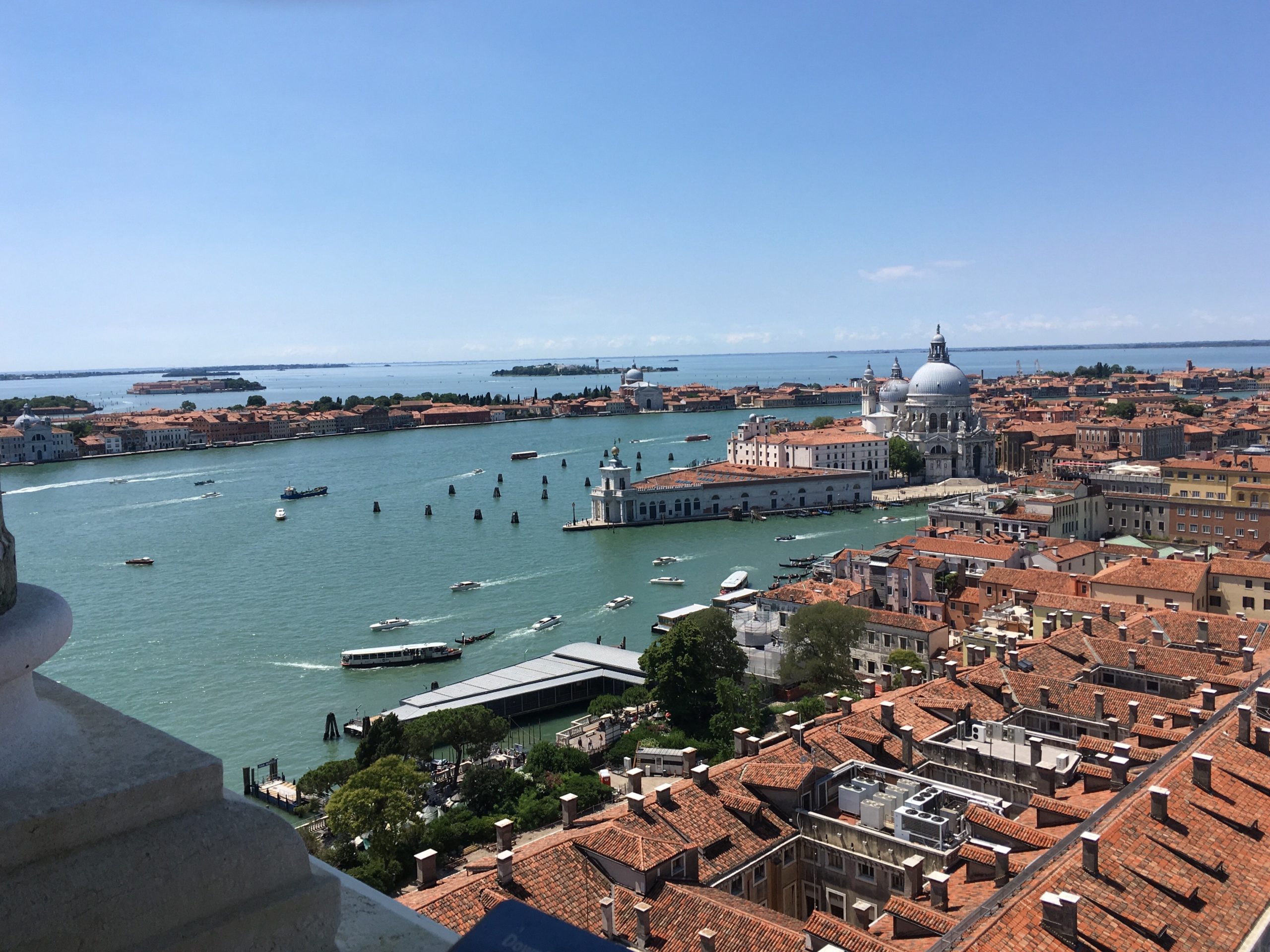
When complete, Liu Fang Yuan will be among the largest Chinese gardens in the world
The Huntington Library, Art Collections, and Botanical Gardens recently announced that, with the majority of funding in place, it is launching the final phase of construction on its renowned Chinese Garden, known by the poetic name Liu Fang Yuan 流芳園, the Garden of Flowing Fragrance. A ceremonial groundbreaking is scheduled for Aug. 28, with construction expected to continue for the next 18 months.
The new features will increase the garden’s footprint from the initial 3.5 acres to its long-planned 12 acres, making it one of the largest classical-style Chinese gardens in the world. Inspired by the centuries-old Chinese tradition of private scholars’ gardens, Liu Fang Yuan opened in 2008 with eight tile-roofed pavilions situated around a one-acre lake. In 2014, two new pavilions and a rock grotto were added.
An exhibition complex at the north end of the garden is one of the key elements of this final phase. Comprising a traditional scholar’s studio and an art gallery for changing displays, it will dramatically expand the possibilities for programming related to the garden. A new, larger café with outdoor seating will also be built in this northern section (the existing, smaller café will be repurposed to provide tea and small bites), and a stream-side corridor and pavilion will offer scenic views. At the southern end of the lake, a hillside pavilion will be situated on the highest point in the garden, with a view of the Mt. Wilson Observatory in the distance. To the west, an event space for larger gatherings will overlook the lake. Pending additional fundraising, a courtyard for the display of penjing (miniature landscapes similar to Japanese bonsai) will be built, along with several acres of new garden spaces linked by winding pathways.
The garden will remain open to visitors during construction, with the new sections anticipated to open in February 2020.
“This is a long-held dream, to put the finishing touches on a project that has engaged thousands of visitors and scores of individuals—from donors and diplomats to staff, scholars, and volunteers,” said Steve Hindle, The Huntington’s interim president. “The Chinese Garden is essential to our mission in that it expands our research and educational programs and provides extraordinary inspiration that extends across cultures. We are profoundly grateful to those who have made it possible.”
Major gifts that have funded this final phase include $3 million from Joy and Matthew Lin; $2.5 million from Judy Yin Shih and Joel Axelrod; $2 million from June and Simon Li; $2 million from Mei-Lee Ney; and $1 million from Helen and Joseph Koo.
As with the earlier stages of the garden’s construction, this project is an international partnership between Chinese and American architects, contractors, and craftsmen. They will work together to ensure that the garden remains authentic to Chinese traditions of architecture and landscape design while meeting state and federal regulations for seismic safety and accessibility. Los Angeles architect Jim Fry developed the detailed construction plans for the expansion, based on the conceptual designs of the Suzhou Institute of Landscape Architecture Design in China. The Irvine-based construction engineering firm of Snyder Langston will oversee building construction; BrightView of Calabasas is the landscape contractor. As in the earlier phases, Chinese artisans from the Suzhou Garden Development Co., Ltd., will work on site for several months to complete important details by hand. The specialized skills of these craftsmen – wood carvers, roof tile experts, and stone masons – give the garden its authenticity and beauty.
The total cost of this final phase is approximately $23 million, of which more than $19 million has been raised. Fundraising continues apace. This brings the combined total cost of the garden to about $53 million, all of which has been raised from individual, corporate, and foundation gifts.
New Features
Each new feature has been given a poetic name, in accordance with Chinese garden tradition. The names often incorporate literary allusions and are intended to add layers of symbolism and meaning.
The Star Gazing Tower 望星樓 (527-square-feet), situated on the highest point in the garden at the southern end of the lake, will provide stunning views of the water, pavilions, treetops, mountains, and (with a bit of imagination) the universe beyond. The name pays homage to the nearby Mt. Wilson Observatory – visible from the tower – and to the work of astronomer Edwin Hubble, a neighbor of Henry Huntington. Hubble’s papers are part of the Library’s holdings in the history of science.
The Flowery Brush Library 筆花書房 (935-square-feet) is designed in the style of a scholar’s studio – a garden retreat traditionally used for painting and calligraphy. Its name is inspired by the tale of a scholar who dreamed that a flower grew from the tip of his writing brush – a metaphor for literary and artistic talent. The Flowery Brush Library will anchor the northern end of a courtyard complex that, along with the existing Clear and Transcendent pavilion, will serve as a center for cultural programs, demonstrations, and exhibitions. A key component in this new complex is an art gallery, Studio for Lodging the Mind 寓意齋 (1,720-square-feet). This climate- and light-controlled building will showcase changing displays of Chinese paintings, calligraphy, and woodblock prints.
The Pavilion Encircled by Jade 環翠閣 (1,825-square-feet) is the garden’s new restaurant. This two-story structure is set amongst mature redwoods, oaks, and pines at the garden’s northernmost end. Its poetic name not only refers to the verdant setting but also recalls the residence of Wang Tingna 汪廷訥 (ca. 1569–1609), one of the most important publishers of woodblock-printed books in Ming-dynasty China. In commemorating Wang, the café’s name complements the existing teahouse, the Hall of the Jade Camellia, on the opposite side of the lake; the teahouse’s name honors the playwright Tang Xianzu 湯顯祖 (1550–1616), whose works reached a wide audience thanks to publishers like Wang.
The Reflections in the Stream and Fragrance of Orchids Pavilion 映水蘭香 (308-square-feet) is shaded by large California oaks near a gently flowing stream. This delicate pavilion is a place to pause, meditate, and be poetically inspired. The name recalls the legendary gathering of poets at the Orchid Pavilion in Shaoxing in 353, immortalized by the great calligrapher Wang Xizhi 王羲之 (ca. 303–361), who wrote the preface to the collected poems.
Also planned for this final phase is the Verdant Microcosm 翠玲瓏 (17,900-square-feet), a large area on the western slope of the garden designed for the study, creation, and display of penjing 盆景 (miniature potted landscapes, similar to Japanese bonsai); and the Terrace of Shared Delights 衆樂臺 (9,050-square-feet), a space overlooking the lake that will be used for banquets, festivals, and other gatherings.






